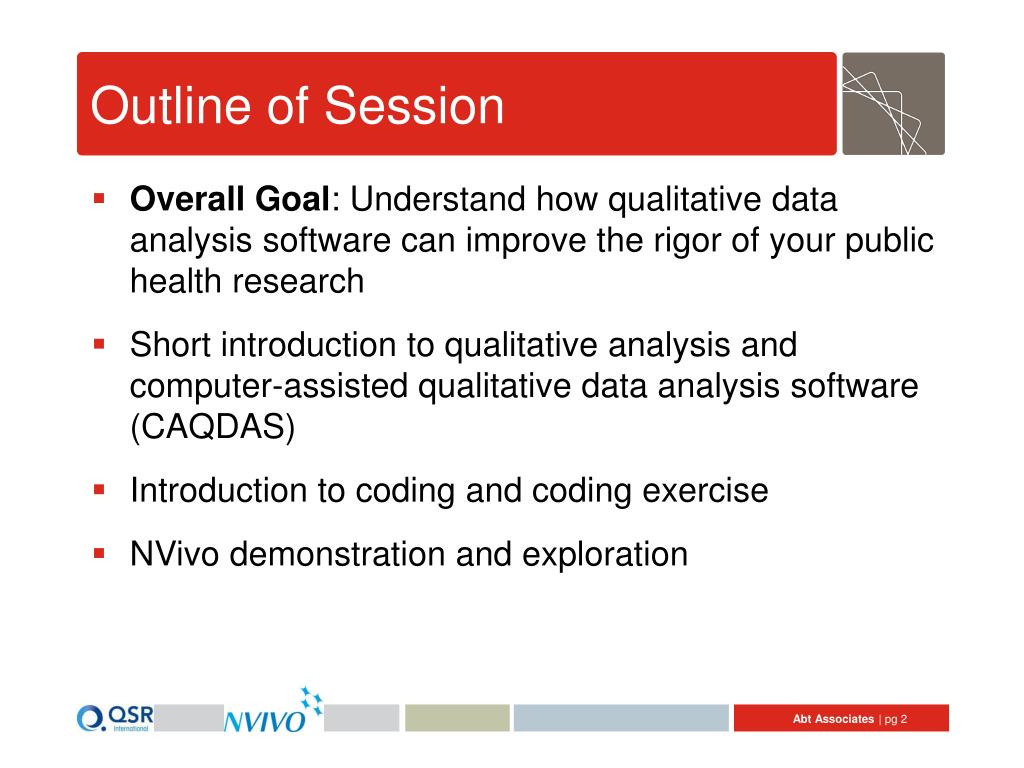
- #HYPERRESEARCH QUALITATIVE SOFTWARE HOW TO#
- #HYPERRESEARCH QUALITATIVE SOFTWARE MANUAL#
- #HYPERRESEARCH QUALITATIVE SOFTWARE SOFTWARE#
- #HYPERRESEARCH QUALITATIVE SOFTWARE CODE#
- #HYPERRESEARCH QUALITATIVE SOFTWARE FREE#
If you asked him why he likes to use ATLAS.ti for his own qualitative research work, his response is: “The power of the quotation. The following paper, written by Trena Paulus and Jessica Lester (2014), offers an example for how the Quotation Manager in ATLAS.ti was used for a discourse analysis: /opus4-tuberlin/frontdoor/index/index/docId/4426.Ī more technical take on the topic can be found in an article in our library written by Ray C.
#HYPERRESEARCH QUALITATIVE SOFTWARE CODE#
If appropriate for the chosen methodological approach, you can even begin to code the data to analyze it on a different level. Based on these you can begin to create network views as a way to visualize your data interpretation and the connections that you identified in the data. These are the above mentioned hyperlinks. You can even begin to link segments to each other within or across documents.

This allows you to enter a short title for each quotation and write a longer descriptive comment or interpretation. This allows you to work on the data level before you move on to a more abstract conceptual level. In ATLAS.ti, the smallest unit is called a quotation – a selected data segment.
#HYPERRESEARCH QUALITATIVE SOFTWARE HOW TO#
To learn how to put ATLAS.ti to good use in YOUR research, visit our Research HubĪnother major difference between programs come in the unit of analysis.
#HYPERRESEARCH QUALITATIVE SOFTWARE SOFTWARE#
This flexible work flow cannot be found in any other software package. This is also the case for dragging code from other places like the navigator on the left hand side, or from the Code Manager. If you drop one code on top of another, the two will be exchanged. By holding down the Ctrl-key, you can copy the code while still leaving it attached to the segment it is associated with. You can easily grab it and drag it to another segment, thereby moving the code. However, there is more you can do with codes in the margin. If you click on a code, the corresponding data segment is displayed the same way in all programs. This hyperlink feature is unique to ATLAS.ti. Jump directly to the linked segment and even open linked documents side-by-side. If you click on a hyperlink, the linked data segment is displayed (or even played, in case of audio and video data). And all objects in the margin area are interactive and have their own context menus. links between data segments) and attached memos in addition to codes.

The margin area is a significant part of ATLAS.ti – not merely a display for coding stripes, as found in NVivo. Attendants are welcome to ask questions during the session.If you start ATLAS.ti and load a document, one immediate visible difference is the ATLAS.ti margin area. A PowerPoint presentation and data analysis demonstration will be used in conjunction with interpretations and discussion. Methods and Approach We will conduct this hands-on workshop in an interactive manner with the attendants. Hands-on learning materials will be available at the workshop. Participants also will become familiar with basic skills of coding and interpreting text-formatted data using RQDA. At the end of the workshop, participants will have an introductory understanding of the RQDA working environment. Topics Overview of R and computerized coding for textual data Downloading and installing RQDA on a computer Creating and setting a data analysis project on RQDA Creating and importing text files Coding text with RQDA Adding attributes to text files Exporting and visualizing codesĬareer Level and Prerequisites Participants are expected to have a basic understanding of qualitative research procedures. We will demonstrate the use of the RQDA package and facilitate discussion about its advantages and disadvantages compared to other qualitative software packages. This workshop will provide attendants with an overview of the RQDA package with an emphasis on creating a qualitative data analysis project, managing text files, coding textual data, and exporting and summarizing codes. It is user-friendly and seamlessly integrates with R, which makes it possible to conduct statistical analyses on qualitative coding and complex data manipulation. RQDA is an R package for analysis for text-formatted data, which is compatible with Windows, Mac OSX, and Linux platforms.
#HYPERRESEARCH QUALITATIVE SOFTWARE FREE#
The purpose of this workshop is to introduce a free and publically available software package – R for Qualitative Data Analysis (RQDA).


#HYPERRESEARCH QUALITATIVE SOFTWARE MANUAL#
Nevertheless, as the number of themes increase, the limitations of manual coding becomes obvious. As a result, many researchers choose to manually code data with colors or other category identifiers. Qualitative software packages such as, NVivo, Atlast.ti, and HyperRESEARCH are expensive.


 0 kommentar(er)
0 kommentar(er)
